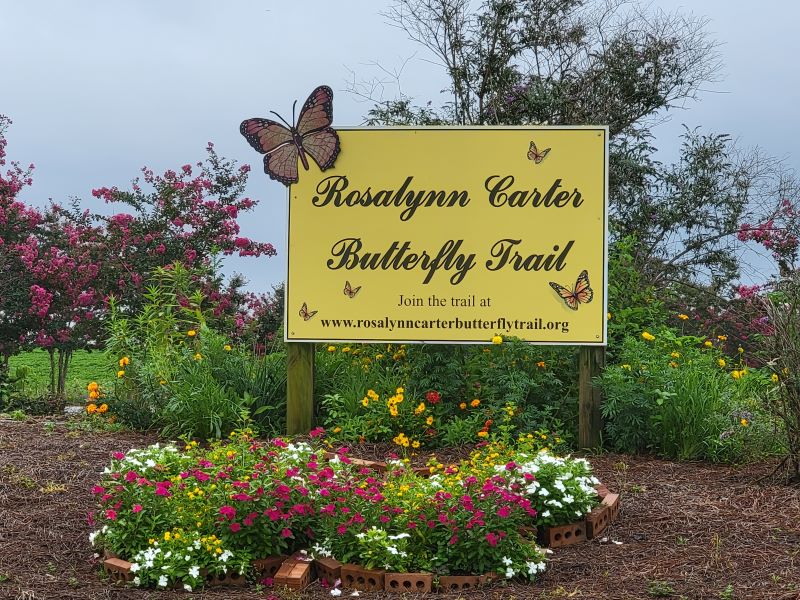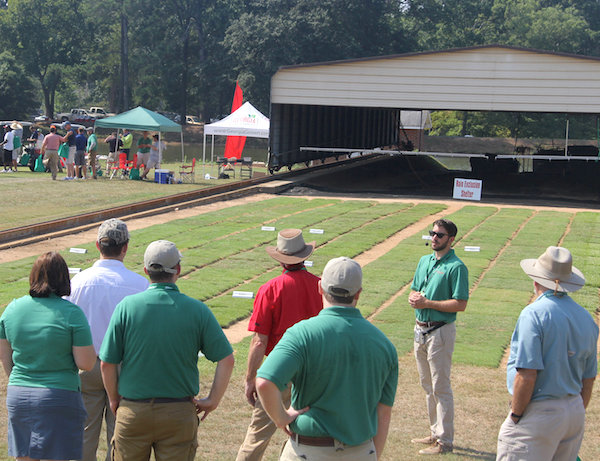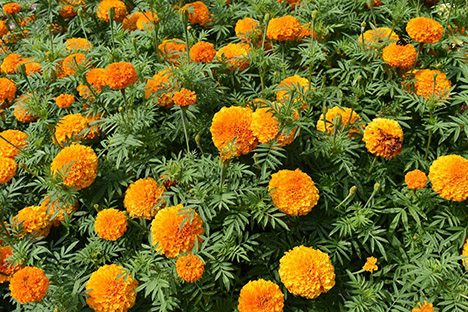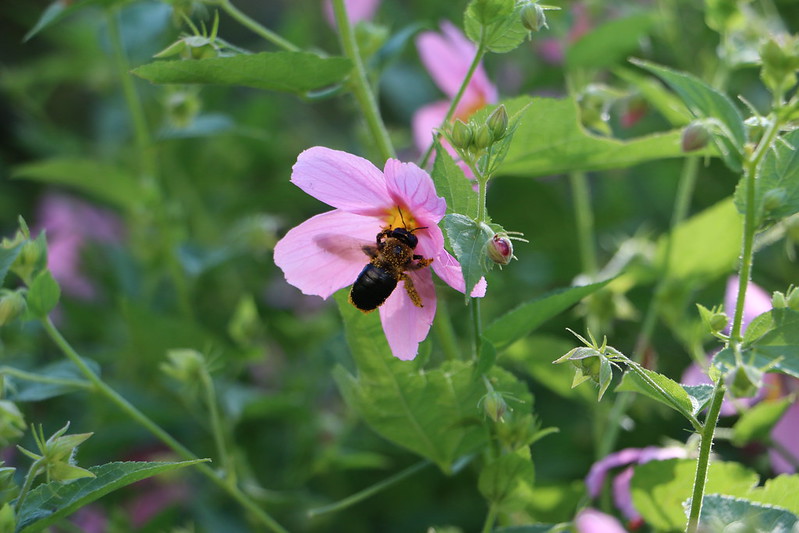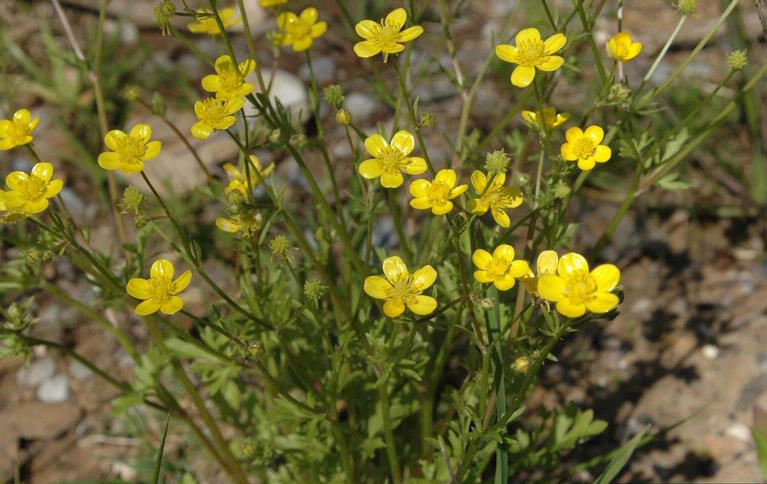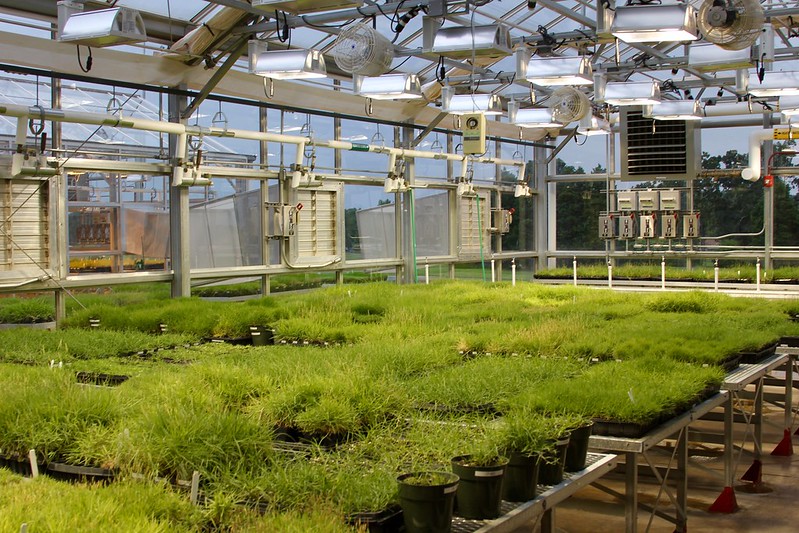 CAES News
CAES News
2022 Turfgrass Research Field Day
The University of Georgia Turfgrass Team welcomed approximately 700 people — including turf industry professionals, golf course superintendents and local homeowners — to the UGA Griffin campus for the 2022 Turfgrass Research Field Day earlier this month.



